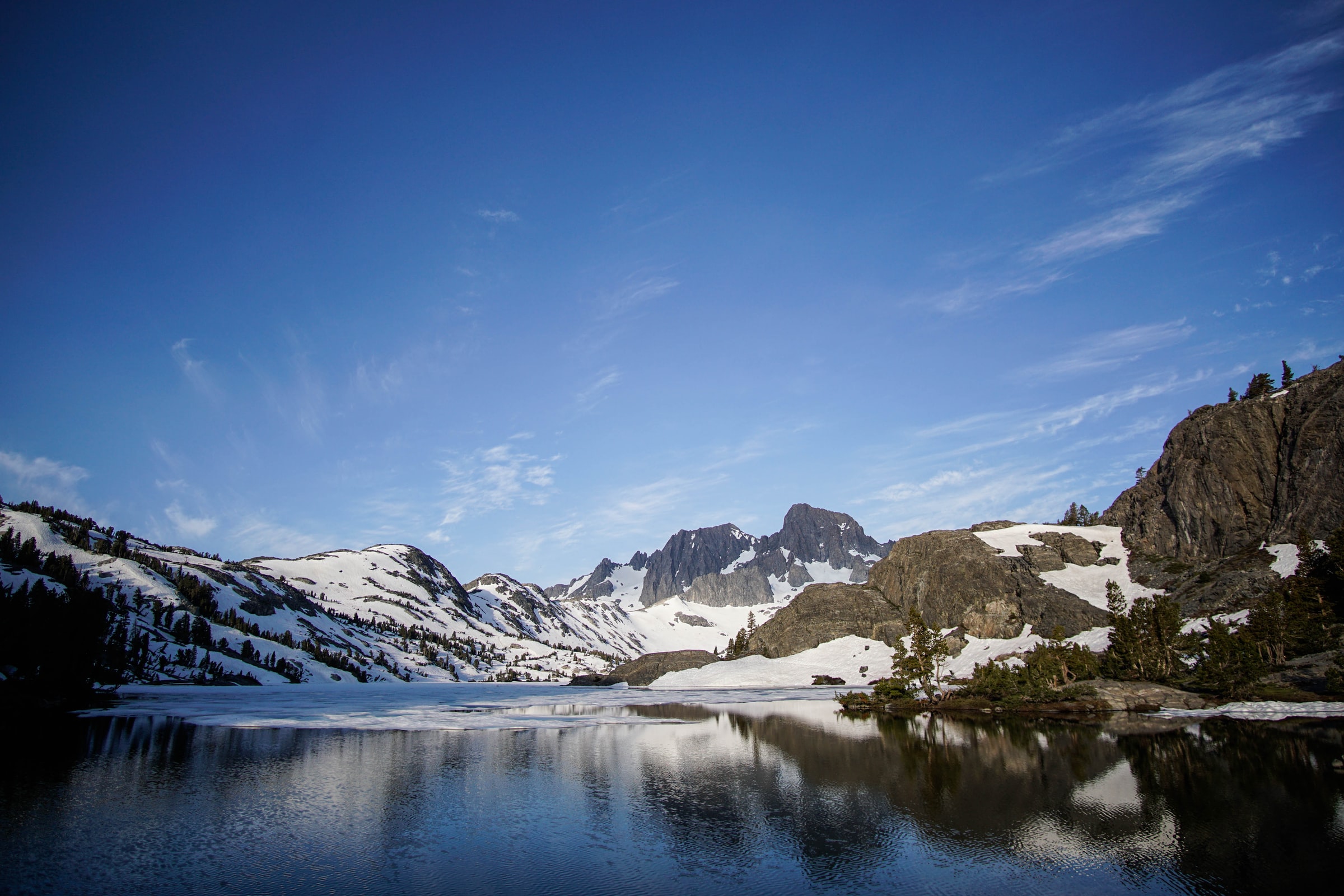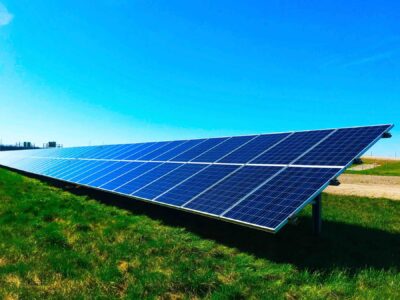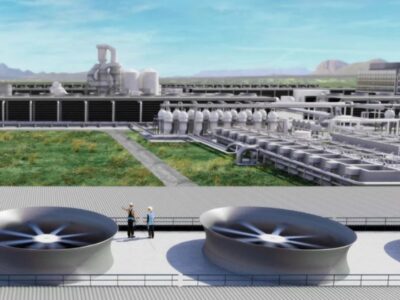Samuel Taylor Coleridge was on to something back in 1798 when he wrote the famous words, “Water water everywhere, nor any drop to drink” in his poem, “The Rime of the Ancient Mariner.” More than two centuries later, those words carry a special meaning.
Water covers 70% of the planet. But freshwater – the kind we drink and irrigate crops with – accounts for only 3% of the total, and roughly two-thirds of that is either in frozen glaciers or unavailable to use.
Freshwater scarcity is becoming an even bigger problem in the 21st century due to inadequate sanitation and more extreme weather patterns. One result is that more than 1 billion people worldwide lack ready access to clean water, according to the World Wildlife Fund, and about 2.7 billion find water scarce for at least one month of the year.
This problem extends to the business world as well. As record temperatures recorded on Earth rise, companies must contend with a multitude of water risks, from torrential rains disrupting manufacturing facilities to droughts that kill crops and drive up the cost of food and consumer goods.
Steps are being taken to change that. One company at the forefront of the movement to mitigate water risk is Waterplan, a San Francisco-based startup that developed a software platform of the same name that aims to help businesses save more water, abate the discharge of polluting effluents, and conserve watersheds.
The platform is designed to make it easier for companies to track and report both the availability of local water and their own water usage. The idea is to provide more transparency regarding a company’s corporate water footprint, in much the same way that companies track their carbon footprints.
“We’re seeing a lot of innovation start to appear in the climate sector tracking emissions,” Waterplan cofounder José Ignacio Galindo told Fast Company in August. “But we thought that there was more space for software solutions in the water space.”
The seeds for Waterplan were planted five years ago when Galindo, a tech entrepreneur, and software engineer, met up with fellow co-founders Nicolas Wertheimer, Olivia Cesio, and Matias Comercio at the Global Shapers Community of the World Economic Forum. Each brought similar professional backgrounds to the enterprise. Wertheimer is a water expert and social entrepreneur, Cesio is a tech entrepreneur and industrial engineer, and Comercio is a tech entrepreneur and software engineer.
Waterplan arrived on the scene amid a time of heightened focus on the importance of mitigating water risk. As CNBC noted in June, major companies from a range of different business sectors are increasingly concerned about the cost and availability of water. The average price of water rose by 60% in the 30 largest U.S. cities between 2010 and 2019, according to data compiled by Barclays. Meanwhile, California Water Futures have risen as much as 300% in recent years.
In a research note published over the summer, analysts at Barclays called water scarcity “the most important environmental concern” for the global consumer staples sector, which includes items such as food, beverages, and household goods. Consumer staples face a $200 billion impact from water scarcity, Barclays added.
Meanwhile, in a March report titled “A Wave of Change,” the not-for-profit global disclosure charity CDP.net estimated that $301 billion worth of business value is at risk unless companies improve and innovate around water use. In contrast, the estimated cost to address these risks is only $55 billion.
“Water shortages are affecting more than 3 billion people worldwide, with the amount of fresh water available per person having plunged by a fifth over two decades,” Cate Lamb, CDP’s global director of water security, said in a press release. “The water crisis must be approached with the same urgency and innovation as the COVID-19 crisis – and the business case for action is clearer than ever.”
Some companies are addressing the crisis through innovative solutions such as water-smart products and remodeled water-use strategies. But those are only the first steps.
“We can turn this situation around, but we need much more transformative action,” Lamb said. “As investors pay closer attention to companies’ management of water risks, CDP is calling for all companies to develop ambitious targets to reduce water withdrawals and eliminate water pollution, including net-zero water targets. Companies must take bold action now to transform their business models.”
The business world has made some progress on water use over the last year or so, with nearly two-thirds of companies reducing or maintaining water withdrawals thanks to measures to reuse and save water.
Among the companies testing the Waterplan platform is McCain Foods, a Canadian frozen food producer. It has launched a pilot of the software in South America, where Brazil has been hit by a massive drought.
“This is impacting our crops in Brazil,” Agustín Giaquinto, regional energy and sustainability manager at McCain, told Fast Company. “We’re also building a plant in Brazil, and the cost of electricity has doubled in the last two months because they are depending on hydropower.”
One company taking an innovative approach is French cosmetics giant L’Oreal, which in 2017 rolled out its first “Waterloop” factory in which all water used in industrial processes is purified and reused. The company now has multiple factories using the approach. It plans to have it in place everywhere by the end of the decade.
Others on the leading edge of green technologies include Nissan, which is capturing rainwater and recycling wastewater at a plant in India; and Unilever, which is selling more “water smart” products in places most at risk from drought.





